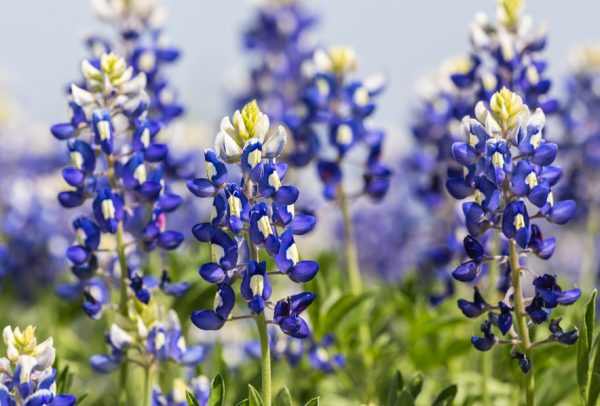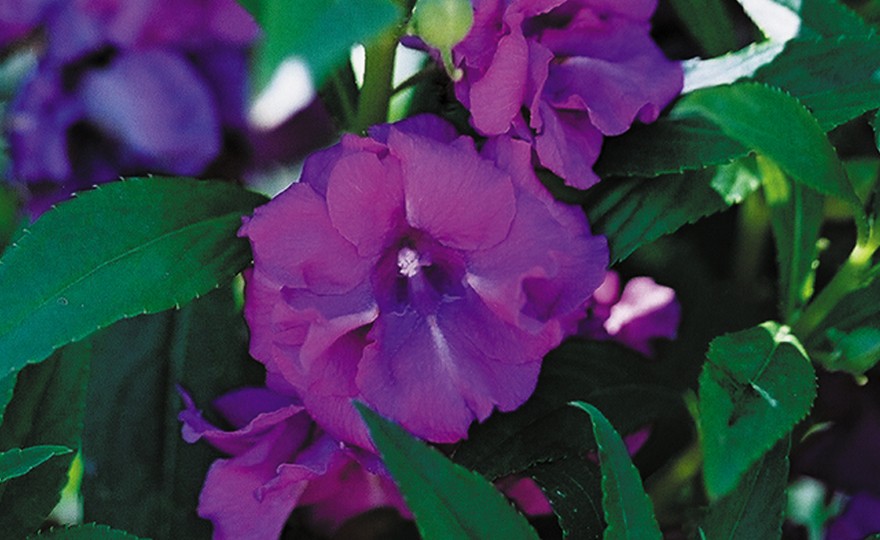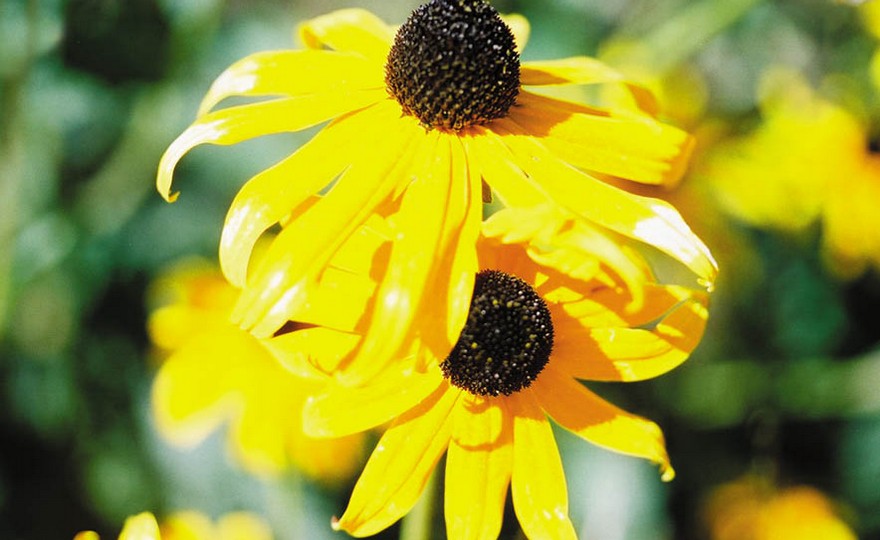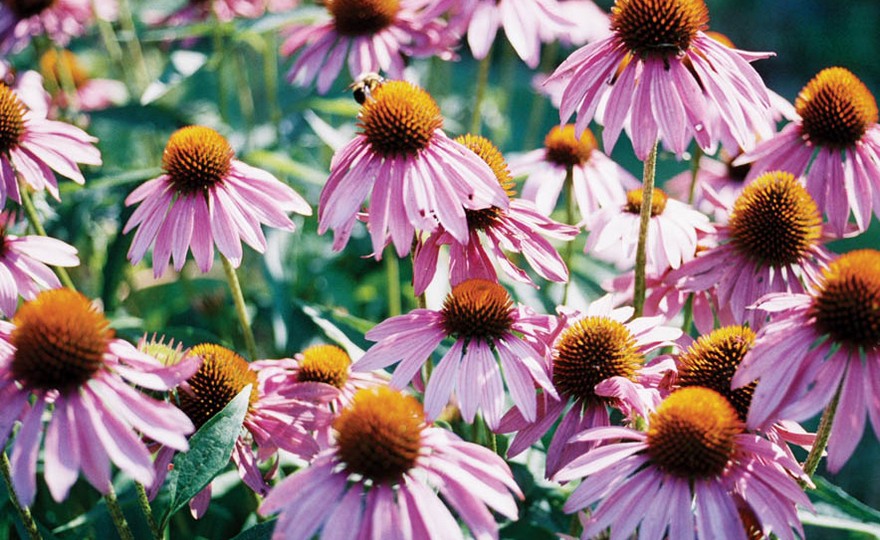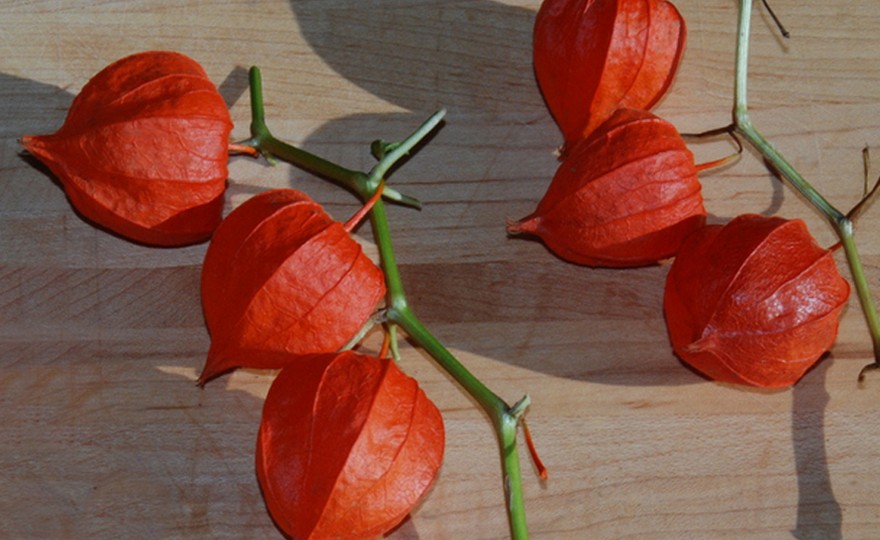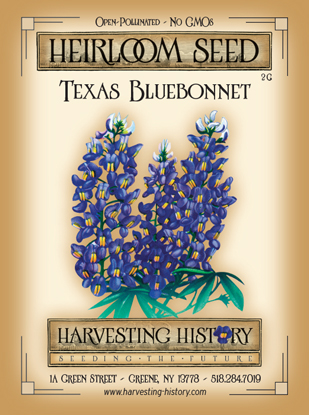
Texas Bluebonnet
-
- **SOLD OUT** HOLIDAY GIFTS **SOLD OUT**
- **SOLD OUT** Holiday Books **SOLD OUT**
- **SOLD OUT** Holiday Citrus **SOLD OUT**
- **SOLD OUT** Holiday Gift Certificates **SOLD OUT**
- **SOLD OUT** Holiday Paperwhites **SOLD OUT**
- **SOLD OUT** Holiday Praying Mantis Kits **SOLD OUT**
- **SOLD OUT** Holiday Tools **SOLD OUT**
- **SOLD OUT** Holiday Wildflower Mixtures **SOLD OUT**
- Citrus Trees
- **SOLD OUT** - Vegetable and Herb Plants - Mix & Match any 6 Plants for $50 - Only Shipped in Quantities of 6
- Elephant Ear Plants & Roots
- **SOLD OUT** 4-Inch Pot Herb Plants **SOLD OUT**
- Rare Plants
- **SOLD OUT** Vining Plants **SOLD OUT**
- Asian Seeds
- Beneficial Bugs
- Books
- Citrus Fertilizers
- Cold-Treated Bulbs - SEE BULBS FOR FALL PLANTING TO ORDER
- Cold-Treated Allium
- Cold-Treated Chionodoxa
- Cold-Treated Crocus
- Cold-Treated Hyacinthoides
- Cold-Treated Hyacinthus Orientalis
- Cold-Treated Narcissus
- Cold-Treated Cyclamineus Narcissus
- Cold-Treated Double Heirloom Narcissus
- Cold-Treated Jonquilla Narcissus
- Cold-Treated Large Cupped Narcissus
- Cold-Treated Poeticus Narcissus
- Cold-Treated Small Cupped Narcissus
- Cold-Treated Species Miniature Narcissus
- Cold-Treated Split Cupped Narcissus
- Cold-Treated Tazetta Narcissus
- Cold-Treated Triandus Narcissus
- Cold-Treated Trumpet Daffodils
- Cold-Treated Ornithogalum
- Cold-Treated Rock Garden Iris
- Cold-Treated Scilla
- Cold-Treated Tulips
- Cold-Treated Emperor Tulips
- Cold-Treated Fringed Tulips
- Cold-Treated Green or Viridiflora Tulips
- Cold-Treated Lily Flowering Tulips
- Cold-Treated Parrot Tulips
- Cold-Treated Peony Flowering Tulips
- Cold-Treated Single Early Tulips
- Cold-Treated Single Late Tulips
- Cold-Treated Species Tulips
- Cold-Treated Triumph Tulips
- Flower Bulbs, Corms and Tubers
- Bulbs for Spring Planting
- Bulbs for Fall Planting - ALL BULBS AVAILABLE ARE COLD TREATED FOR PLANTING AS SOON AS SOIL CAN BE WORKED
- Fall Blooming Bulbs
- Garden Tools & Equipment
- Gift Certificates
- HHH Exclusive Wildflower Mixtures
- Wildflower Mixtures
- Heirloom Garlic
- Potatoes
- Roots & Sets
- Seeds
- Flowers
- Herbs
- Vegetables
- **SOLD OUT** HOLIDAY GIFTS **SOLD OUT**
-
- No products to compare
-
75 in stock
Quick Overview
Texas Bluebonnet
FULL SUN-PARTIAL SHADE Native to Texas and its official state flower, this member of the Pea Family can be found growing in drainage ditches and along roadsides throughout the Southwest. The 18 in. plants produce 6-8 in. spires of blue blossoms with a white or yellow spot. This is the most heat tolerant of all the lupine species. Plants grow easily from seed. Seed can be sown in late summer, fall or spring after all danger of frost has passed. If planting in spring, keep the soil slightly moist until germination which takes 7-10 days. Plants grown from seed sown in the spring will not produce flowers until the following year. Germination is enhanced by scoring the seed and soaking it for 12-24 hours before planting. In warmer climates, better germination is achieved when the seeds are planted in the fall. When seedlings are 2 in. high, thin leaving 10-12 in. between plants.
| Type | Spacing | Planting Depth | Days to Germination | Blossoms |
| Perennial | 10-12 in. | 1/2 in. | 7-10 | 90-180 |

Texas Bluebonnet
Lupine is a family of annual and perennial flowers which were native to the Balkans and the Aegean. The oldest Lupines were annuals, white flowered, and had been cultivated since Egyptian times. These plants were used to improve the soil, fixing nitrogen because they are legumes and as a fodder crop. The yellow lupines, also annuals, were also used to improve soil, but they were also prized for their incredible fragrance. Joseph Breck in his 1851 book, The Flower Garden, had much to say about Lupines. “Lupinus perennis is a well-known species, indigenous to many parts of New England, found, frequently, in large masses, from a yard to two rods in circumference, occupying the very poorest sandy or gravelly arid soil;…It is very difficult, or even impossible, to transplant, with success, this fine perennial. The only sure way to propagate it is by seed, which should be gathered before it is entirely ripe, as it is scattered, as soon as mature, by the sudden bursting of the pod, by which the seed is thrown to a considerable distance…The flowers are found, in the wild state, of various colors and shades, from pure white (which is rare) through all the shades of light to dark-blue, inclining to purple…One variety has flowers of a dull pink…” The Lupine commonly available today is a perennial variety. It is a native of the northwestern United States and was first introduced in 1826 and named L. polyphyllus. In the late 1800’s L. polyphyllus captured the imagination and attention of a British amateur horticulturist, George Russell (1857-1951) who developed the variety commonly available today and introduced it in 1937. George Russell spent more than 25 years hybridizing lupines until he had substantially increased the size of the flower spike. When he was finally satisfied with his results, he exhibited his plants at the Royal Horticultural Society Show in 1937. The plants had been grown at the Boningdale Nurseries in Wolverhampton, England. During the summer that followed the RHS Show, more than 70,000 people visited the nursery to try to purchase plants. Lupines are not long-lived perennials, but their extravagant beauty makes them well worth including in the garden. Most lupines do not like heat and so will not grow well in hardiness zones above 5, with one exception – The Texas BlueBonnet. The Texas BlueBonnet is native to Texas and will grow in the Texas heat and so can be grown in other parts of the United States with hot weather. Its deep blue flowers clustered on spires have been prized by Native Americans, the Spanish and settlers for centuries. Spanish priests collected the seeds and planted them around many of the missions in the Southwest. The plant is an important part of the ecosystem and it may be the most important native rangeland legume in Texas, because of its ability to fix nitrogen in the soil around it.

